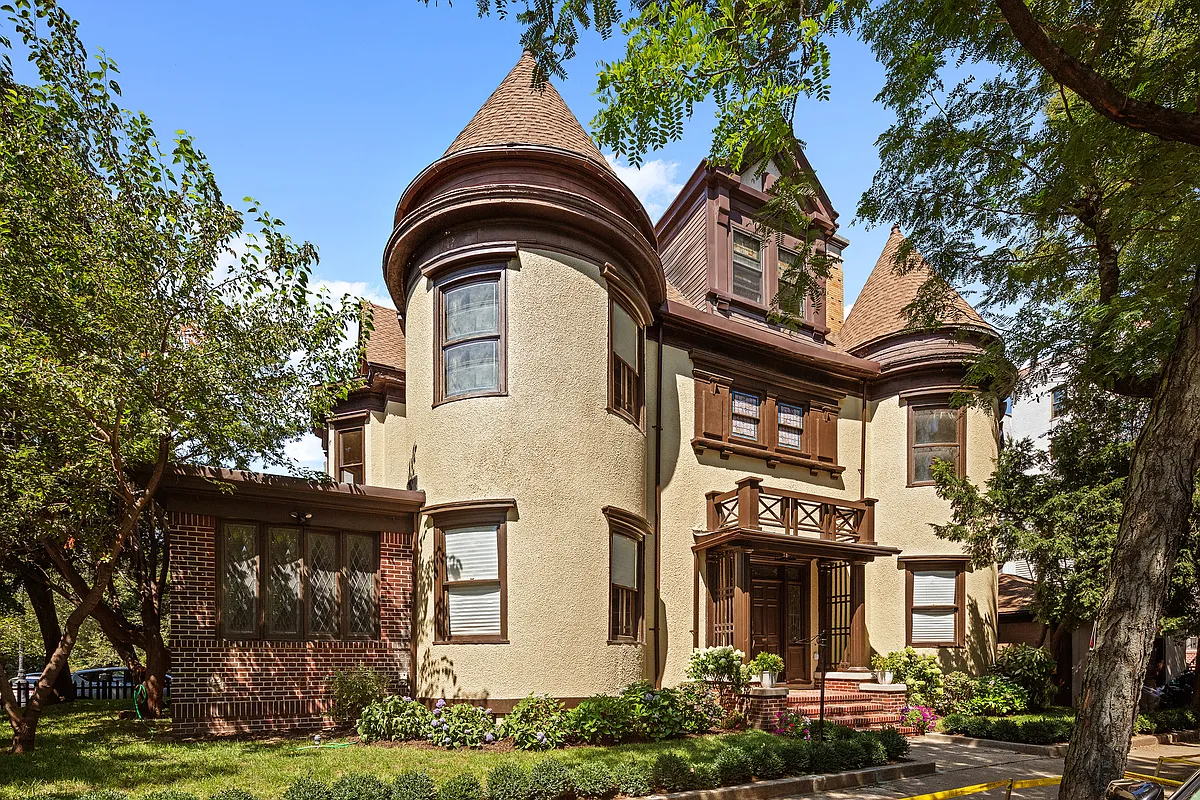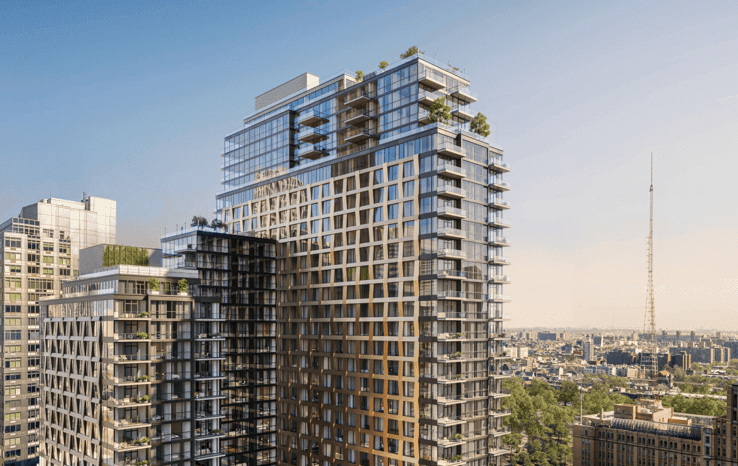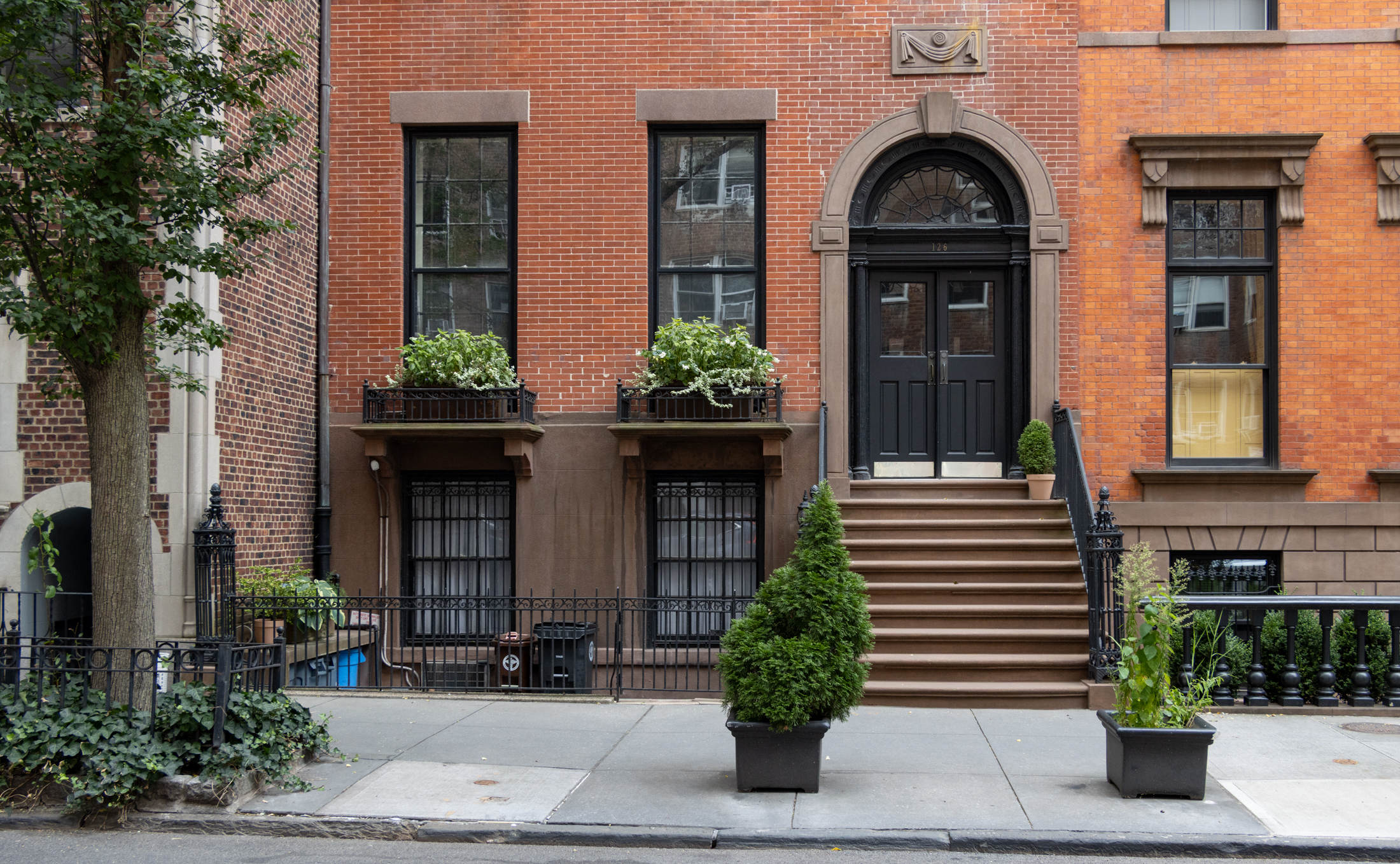4th Avenue Floods Again
The recent rains were too much for the drainage systems of 4th Avenue, it seems. According to these photos from the Facebook page of the Root Hill Cafe, which is at the corner of Carroll Street, the flooding took out the entire intersection and much of Carroll Street going down towards the canal. Based upon…





The recent rains were too much for the drainage systems of 4th Avenue, it seems. According to these photos from the Facebook page of the Root Hill Cafe, which is at the corner of Carroll Street, the flooding took out the entire intersection and much of Carroll Street going down towards the canal. Based upon the comments, it sounds like this isn’t the first time this spot has been hit either. You can click on any of the photos above to expand or go to the jump to see a video of the same scene.





There is an elevated flood risk around the Gowanus canal, from Red Hook to the bottom of Carroll Gardens, the low-income housing at the south end of Boerum Hill and the western edge of Park Slope. The flood map is pretty clear. It’s not new. If you look at old brick houses in that area, you can see the old watermarks, and they predate federal rules about storm drains.
Whenever we have heavy rains, all the old waterways flood, from Canal Street in Manhattan to Fourth avenue in Brooklyn. It’s really unfortunate that global warning has become politicized; if you walk away from causes and remedies, and just consider the swings in temperature and water level documented over the last few hundred years, some areas of New York could be seasonally under water.
its only the initial raining that causes much of the pollution after that its pretty clear runoff. What the city needs is separate storm and sewer systems…which most newer cities have. Separating them will cost a fortune. The city has started to create impound areas where the initial runoff is impounded to be let into the system later to be treated…after the rain stops. After the initial impound the water is allowed to by pass the system- but most of that runoff isn’t that bad. Is the initial that contains whatever was in the system and most pollutingly the oil and debris that was on the surface of the street and in the sewers to begin with. That is what the Fed have approved for the NY water supply.
Curb cuts in the scheme of things are not that expensive. You should see what other cities are doing in the non-Union poor taxing states where they use blue stone to create the curb cuts.
@6PM yesterday, there was mud and water on the platform, stairs and booth area at GAP subway station, evidence of a flash flood there, too.
ou812, if my top of the hill is impacted/flooded, then we can kiss brooklyn, queens, Manhattan goodbye cause we would need to be on the ARK to survive such a flood
WOW, two of you took the bait!!!! 🙂
DIBS- the Clean Water Act is ridiculous? I suspect you know nothing about it, and about runoff. Stick to stocks.
Curb cuts for wheelchairs cost very little and street paving seems to be going on all around me. Besides, this has been the law since passage of the ADA Act in 1990. In 2002, the City agreed to install curb cuts at all intersections by 2010. At last count, there were very few corners left w/out such ramps. What’s wrong, DIBS, no unions to pick on today?
And then we’ll have another federal law protecting the geese requiring 4th ave to become wetlands.
ou812;
Sorry, you are incorrect. During a heavy downpour like this, the city let’s the water shunt past the treatment plants and it goes directly into the river. That is why we still have some water pollution.
I think you are mixing things up. The problem is that NYC has a single sewer system for both waste and storms. More modern cities have a separate storm sewer system, which is allowed to flow directly into a a river or the ocean.
This old system results in two problems:
a) when a huge, sudden storm comes, the pipes are undersized and back-up occurs, as we see here.
b) the treatment plant cannot handle the sudden surge of water, and the waste is shunted right into the river and bays.
The city is focusing on the second problem right now. It is expanding the capacity of its treatment plants. The first problem remains, however.